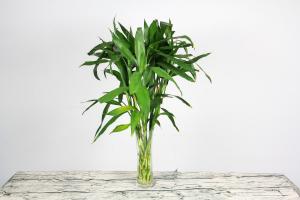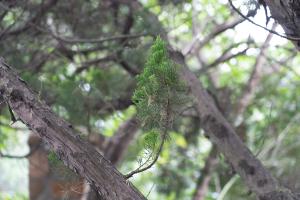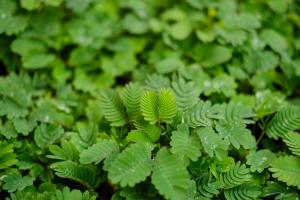What Plant Group is a Fir Tree In
Fir trees are a popular type of tree that are known for their dense foliage, cone-like shape, and durability. Many people enjoy the beauty and practicality of fir trees, but few people know what plant group fir trees belong to. In this article, we will explore the plant groups that fir trees are a part of and learn more about the fascinating world of plant classification.
Gymnosperms
Fir trees are part of the plant group known as gymnosperms. Gymnosperms are a type of plant that produces seeds without the use of flowers or fruit. Instead, gymnosperms produce seeds that are exposed on the surface of cones or other structures. Other gymnosperms include pine trees, spruce trees, and ginkgo trees.
One of the defining characteristics of gymnosperms is their naked seeds. Unlike flowering plants, which produce seeds that are enclosed within fruit, gymnosperms produce seeds that are exposed to the elements. This may make them more vulnerable to predation or damage, but it also means that they can produce a large number of seeds at one time.
Conifers
Fir trees are also part of the plant group known as conifers. Conifers are a type of gymnosperm that are characterized by their needle-like leaves and cone-shaped reproductive structures. Other conifers include pine trees, spruce trees, and cedar trees.
Conifers are important trees for many reasons. They are often used for lumber and wood products, and they provide an important habitat for wildlife. Conifers are also adapted to cold and dry environments, which makes them particularly suited to areas with harsh winters or dry summers.
Evergreens
Finally, fir trees are part of the plant group known as evergreens. Evergreens are trees that retain their leaves or needles year-round, rather than losing them during the winter. Other evergreen trees include pine trees, spruce trees, and cedar trees.
Evergreens are particularly suited to areas with cold, dark winters. By retaining their leaves or needles, evergreens are able to photosynthesize throughout the winter, providing a source of food and energy for themselves and other animals. Evergreens also provide shelter for many species of birds and animals, making them an important part of many ecosystems.
Conclusion
In conclusion, fir trees are part of the plant groups known as gymnosperms, conifers, and evergreens. These plant groups are important parts of many ecosystems, providing habitat, food, and shelter for a wide range of animals. By understanding the classification of plants like fir trees, we can better appreciate the diversity and complexity of the natural world around us.

 how many times do yo...
how many times do yo... how many planted tre...
how many planted tre... how many pine trees ...
how many pine trees ... how many pecan trees...
how many pecan trees... how many plants comp...
how many plants comp... how many plants can ...
how many plants can ... how many plants and ...
how many plants and ... how many pepper plan...
how many pepper plan...































